Steve Jobs characterized the first iPhone as a phone, web browser and music player. Now it could also fit the role of a game console, a personal assistant, and above all a camera. But his photographic beginnings were definitely not famous. Did you know, for example, that the first iPhones could not even focus automatically?
Humble beginnings
Apple yours the first iPhone introduced in 2007. Its 2MPx camera was present in it rather only in numbers. It was the standard back then, although you've already found phones with higher resolutions and especially autofocus. That was the main problem i iPhone 3G, which came in 2008 and didn't really bring any improvement in terms of photography.
That only happened with the arrival iPhone 3GS. He not only learned to focus automatically, but he finally knew how to natively record video. He also increased the resolution of the camera, which now had 3 MPx. But the main thing happened only in 2010, when Apple presented iPhone 4. It was equipped with a 5MP main camera accompanied by an illuminating LED and a 0,3MP front camera. It could also record HD videos at 30 fps.
It could be interest you
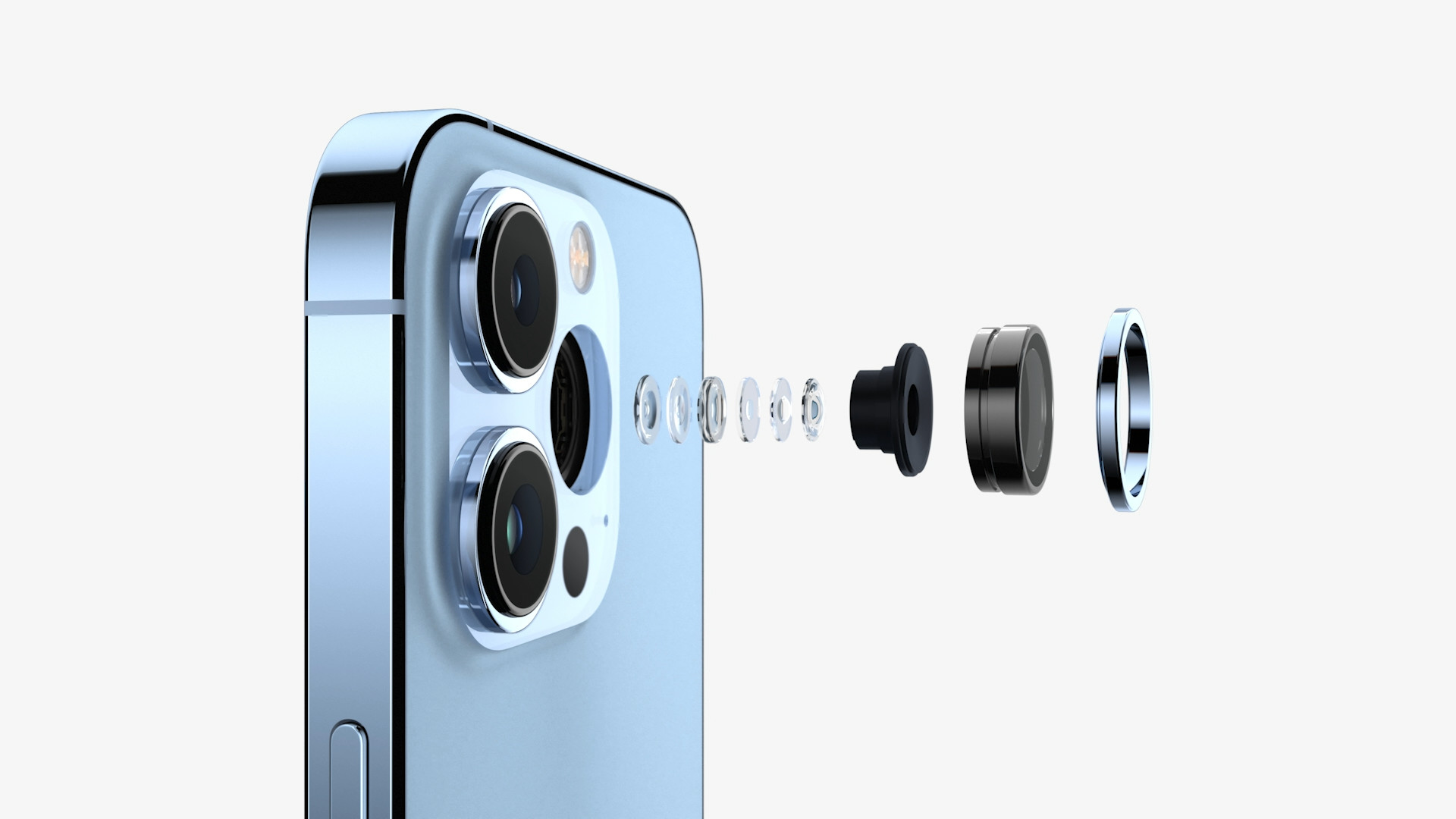
iPhoneography
Its main currency was not so much technical capabilities as software ones. We are talking about the applications Instagram and Hipstamatic, which gave birth to the term iPhoneography, i.e. iPhoneography in Czech. This term refers to the creation of artistic photographs exclusively with the help of Apple mobile phones. It even has its own page in Czech Wikipedia, where it is written about him: “This is a style of mobile photography that differs from other forms of digital photography in that the images are captured and processed on an iOS device. It doesn't matter if the photos are edited with different graphics applications or not."
Iphone 4s brought an 8MPx camera and the ability to record full HD videos. In terms of hardware, the main camera v iPhone 5 there were no news, the front jumped to 1,2 MPx resolution. But the 8MPx main camera was already able to take high-quality images so that you could have them printed in large formats as well. After all, it was precisely between 2012 and 2015 that the first exhibitions of photos taken with mobile phones began to take off on a large scale. Magazine covers also began to be photographed with them.
It could be interest you
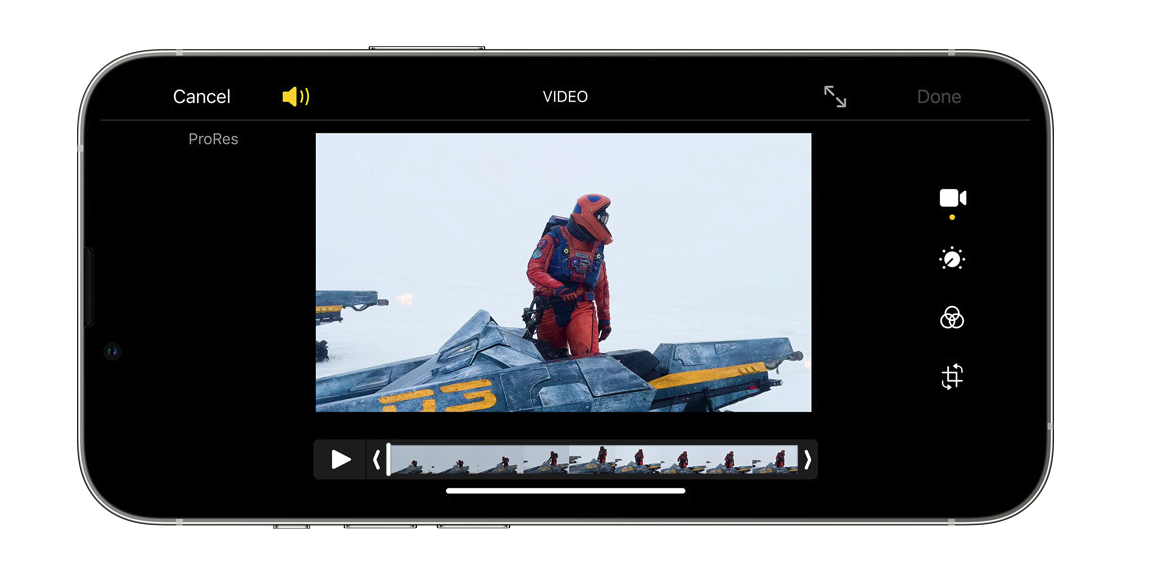
It also applies to software
6 iPhone Plus was the first to bring optical image stabilization, iPhone 6s then it was the first iPhone in which Apple used 12MPx resolution. After all, this still holds true today, even though progress in subsequent generations was mainly in increasing the size of the sensor itself and its pixels, which can thus capture more light. 7 iPhone Plus it has a first with its dual lens. It offered a double zoom, but above all a pleasing Portrait mode.
iPhone 12 Pro (Max) was the company's first phone to feature a LiDAR scanner. A year earlier, Apple used three lenses instead of two for the first time. The 12 Pro Max model then came with optical stabilization of the sensor, together with the smaller Pro model, it can also natively shoot in RAW. Latest iPhones 13 learned film mode and Photo Styles, iPhone 13 Pro they also threw in macro and ProRes videos.
It could be interest you
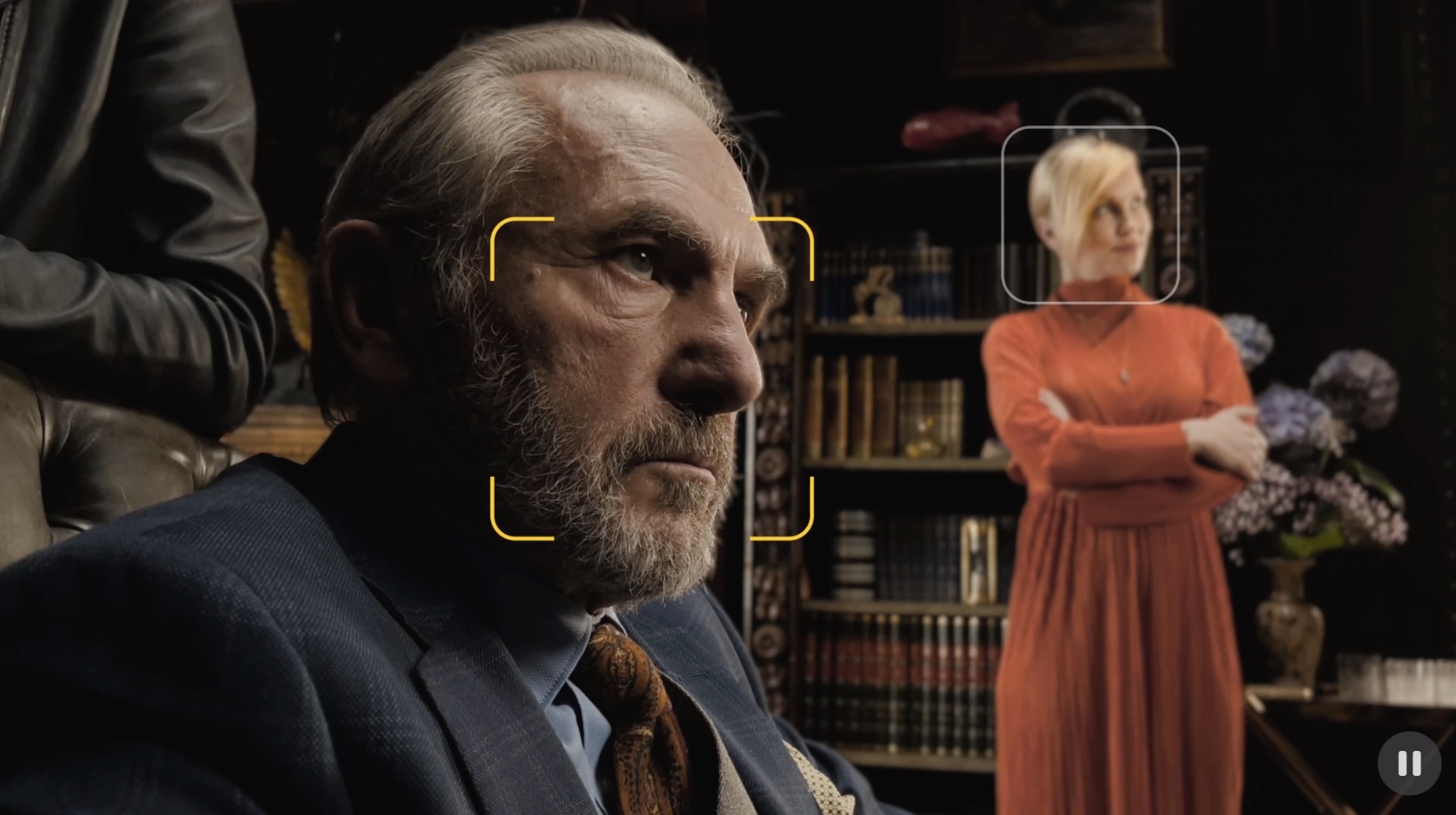
Photo quality isn't measured in megapixels, so while it may seem like Apple isn't innovating much in photography, that's actually not the case. After its release, its models also regularly appear in the top five photomobiles of the renowned ranking DXOMark despite the fact that its competition most often has 50 MPx. After all, the iPhone XS was already fully sufficient for daily and ordinary photography.
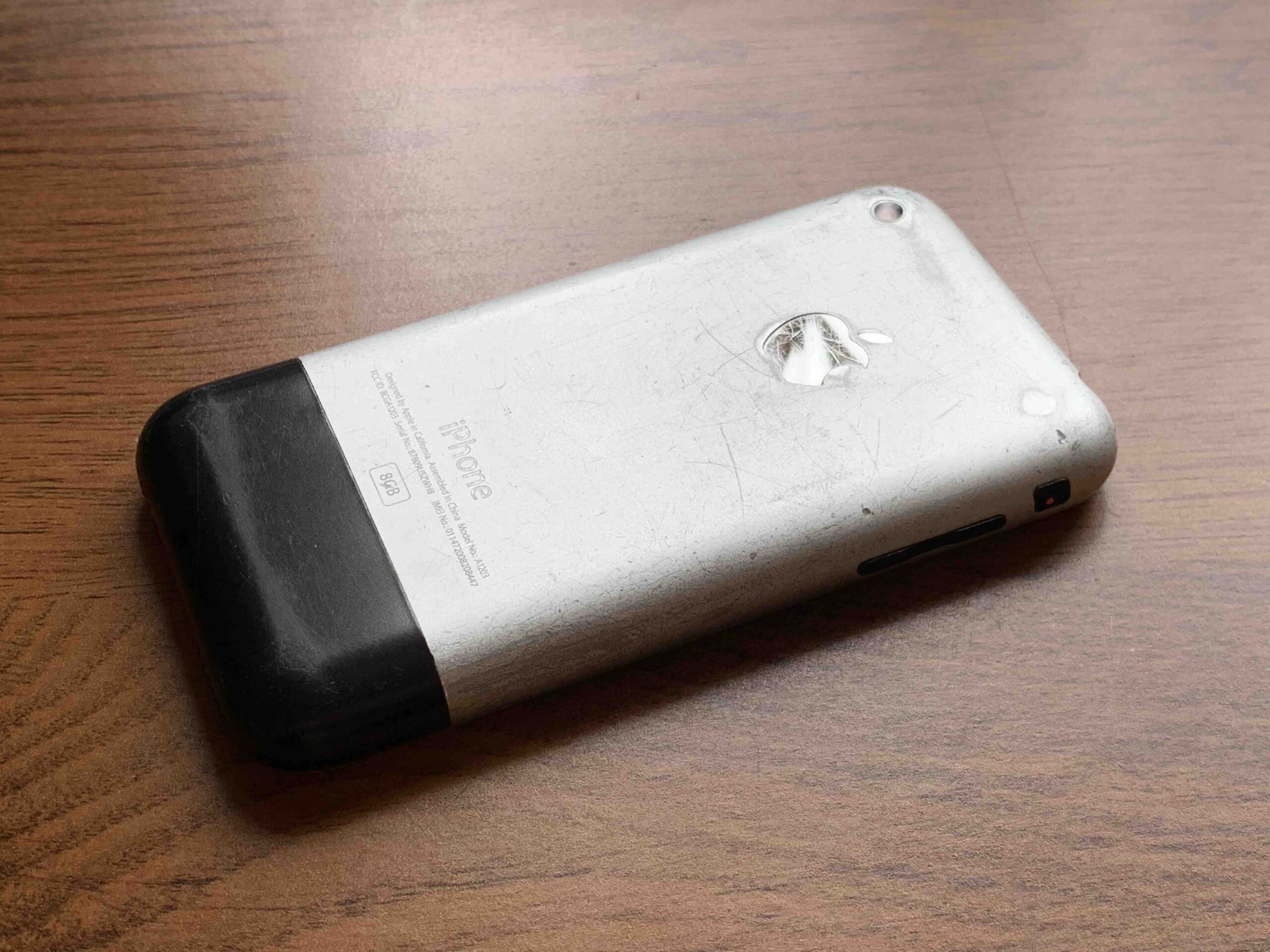

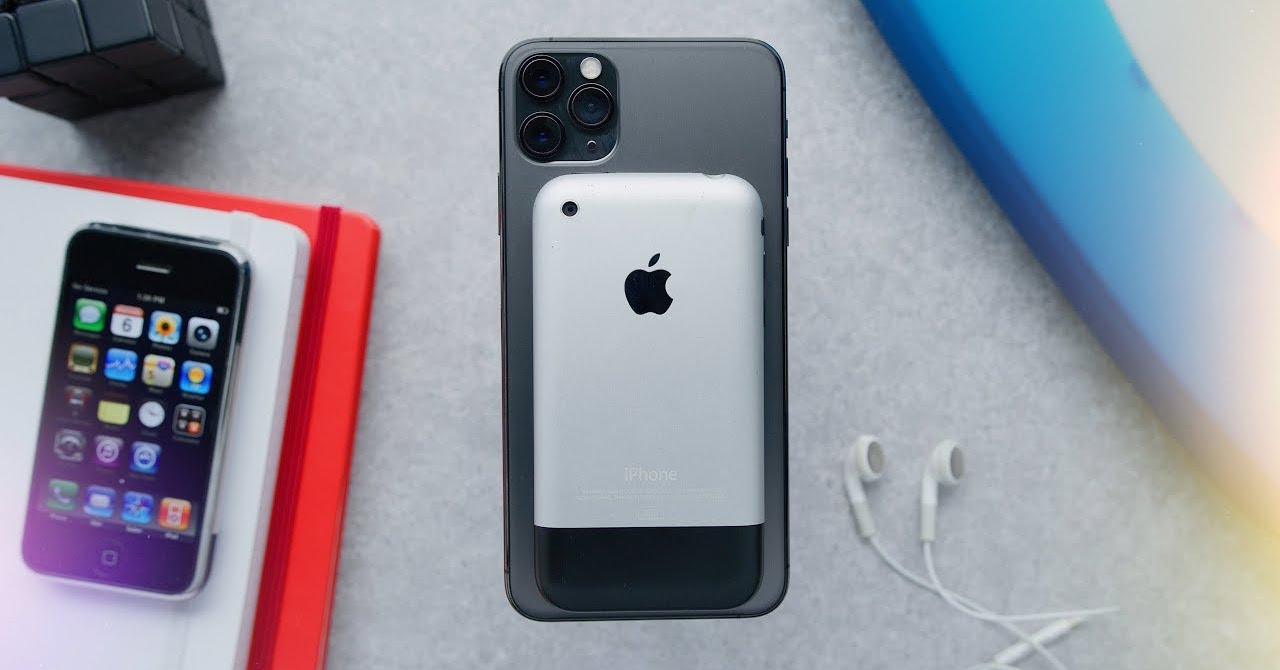
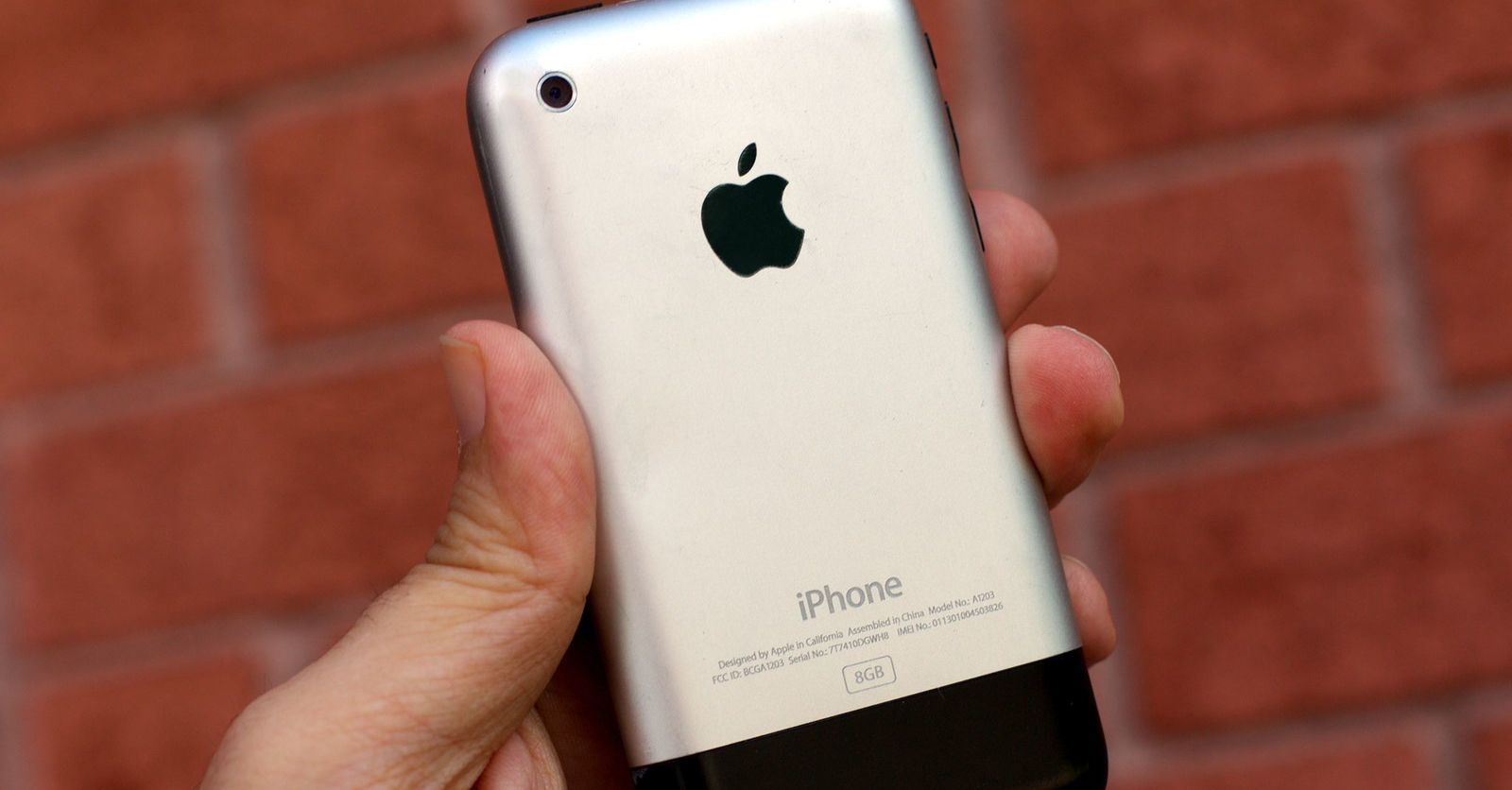
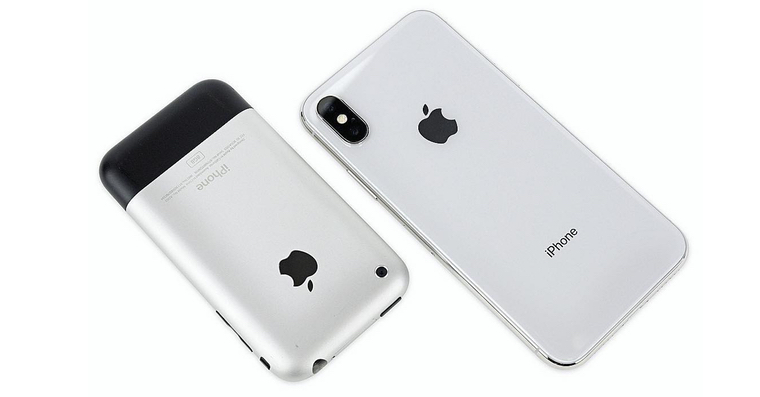

 Adam Kos
Adam Kos 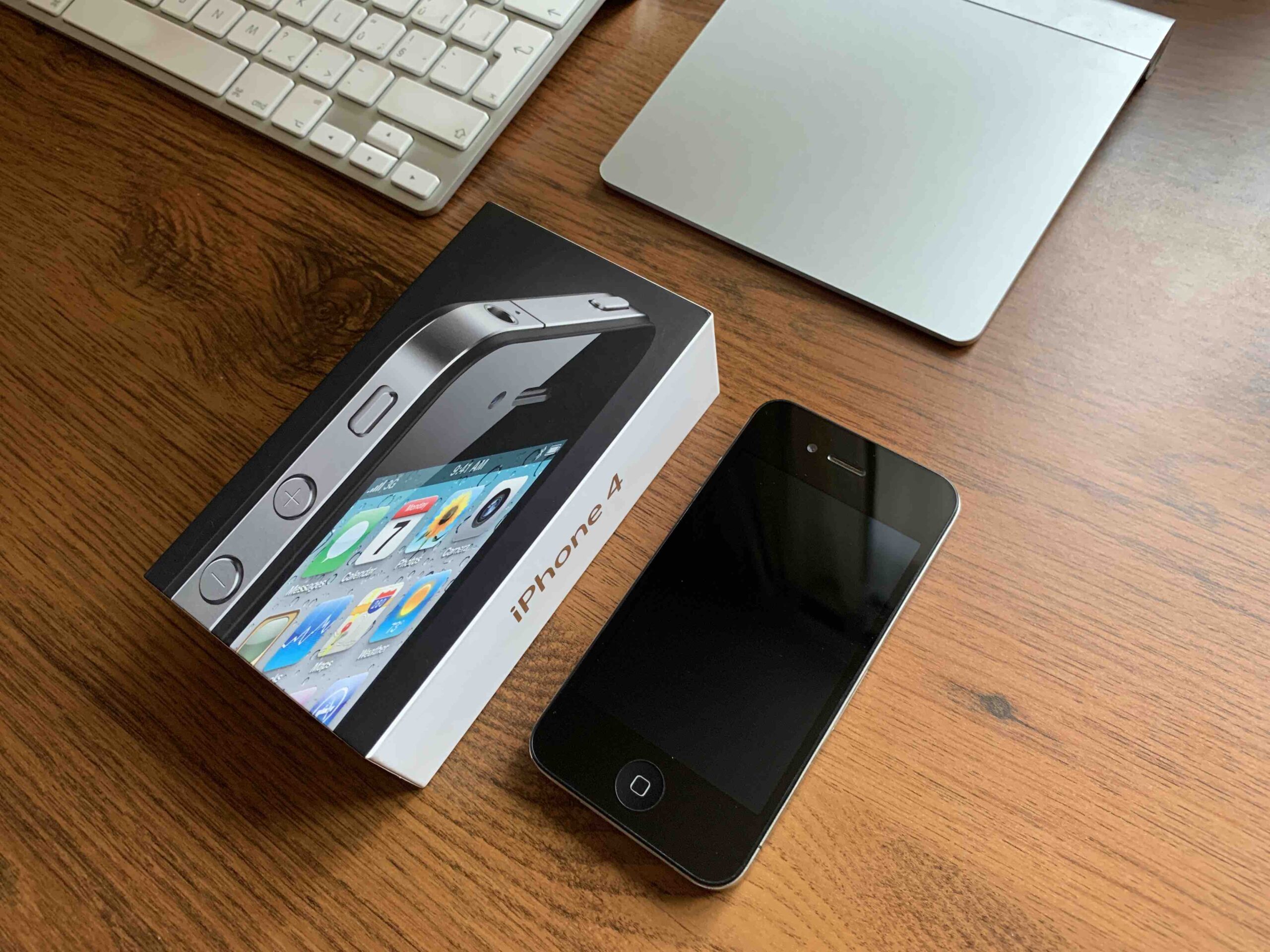
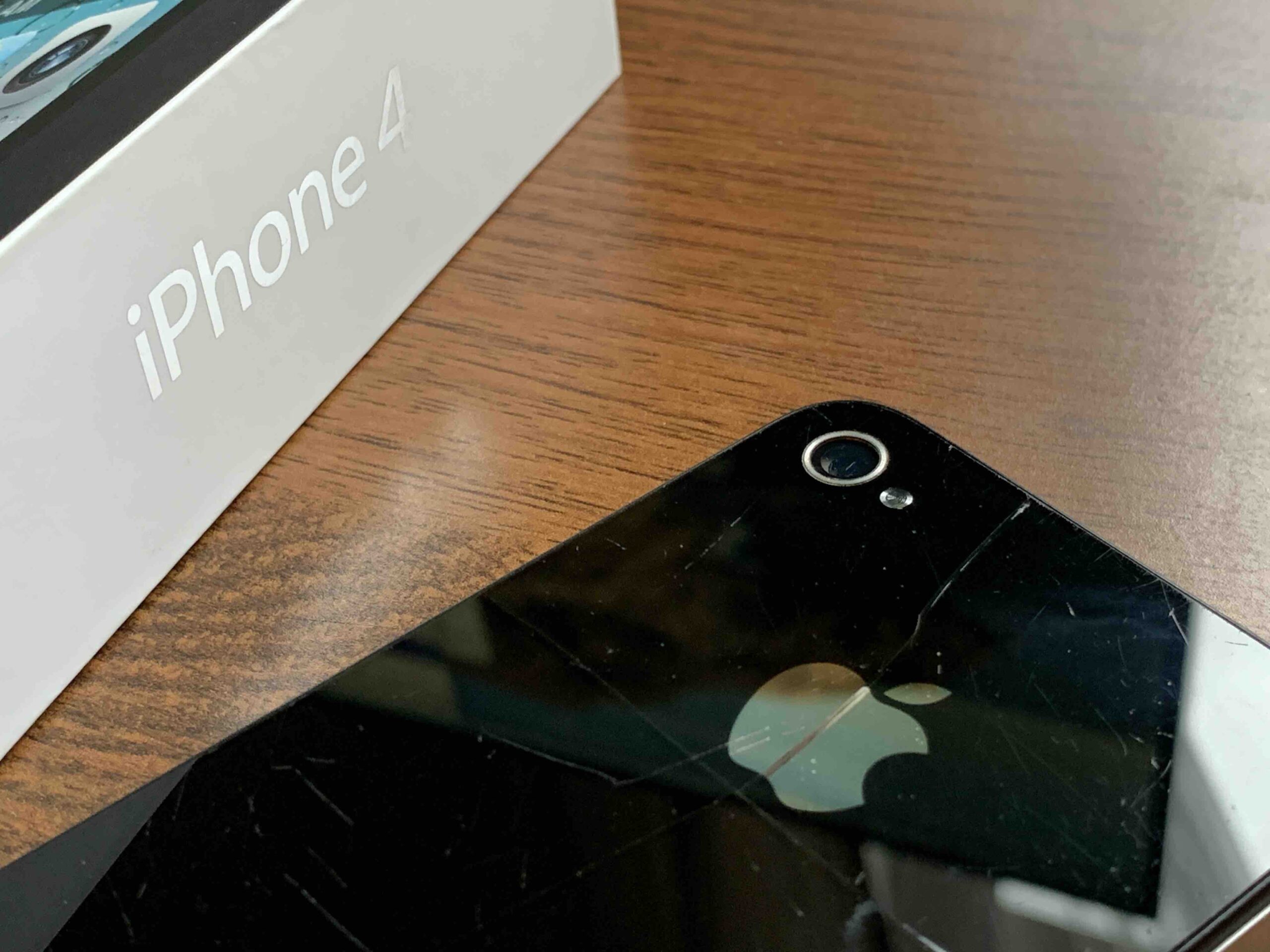
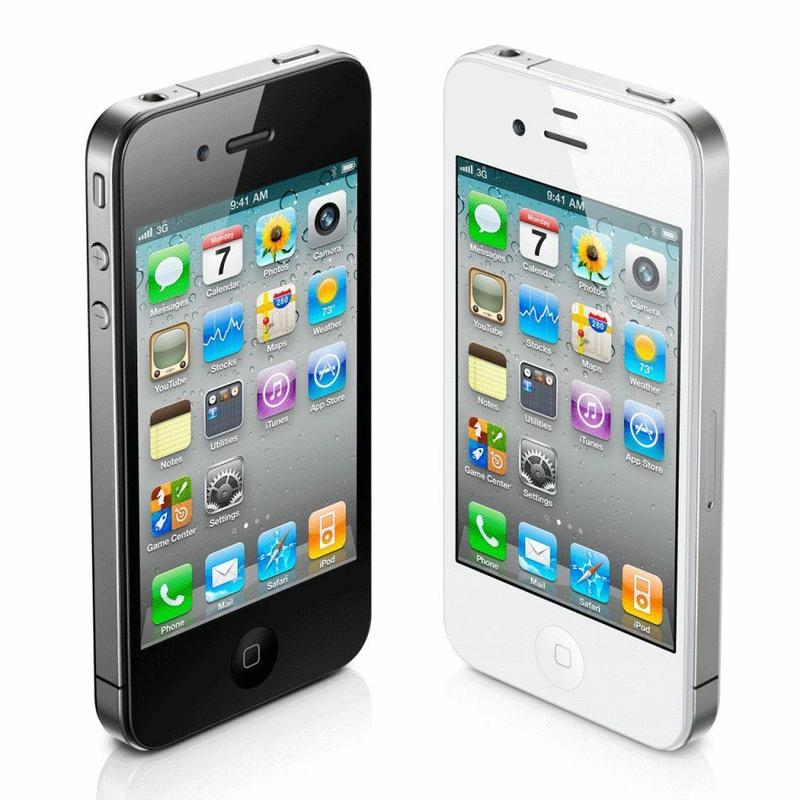
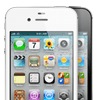
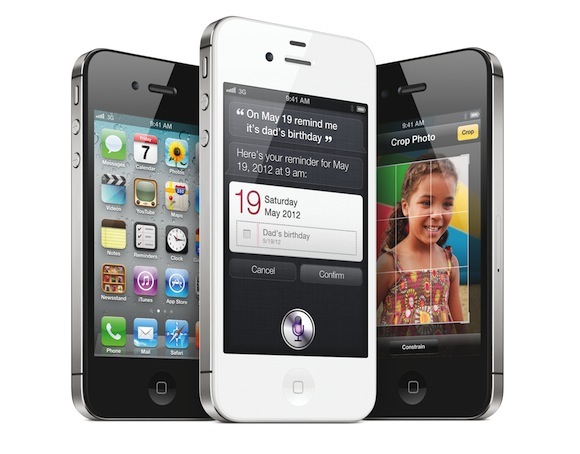
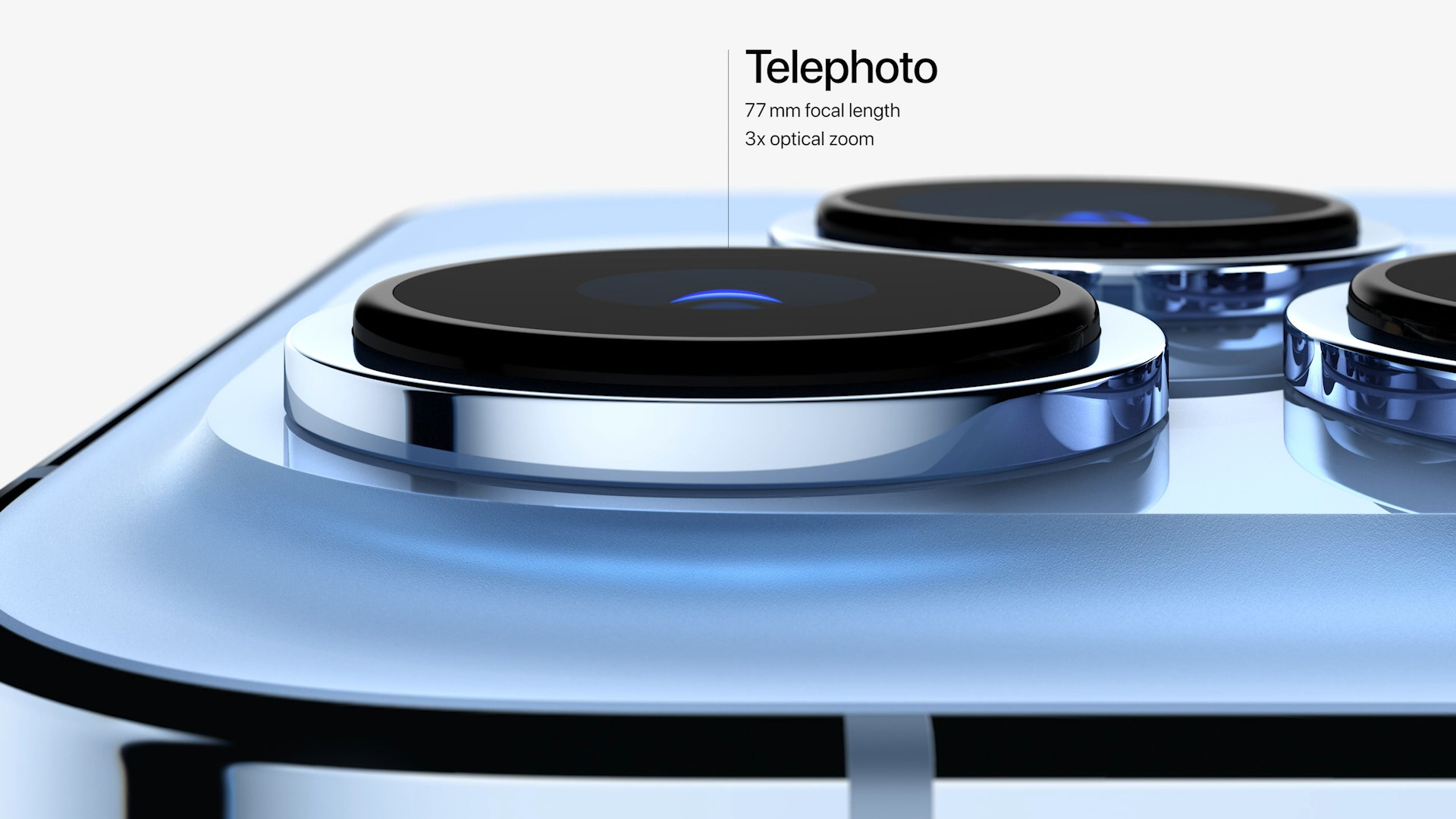

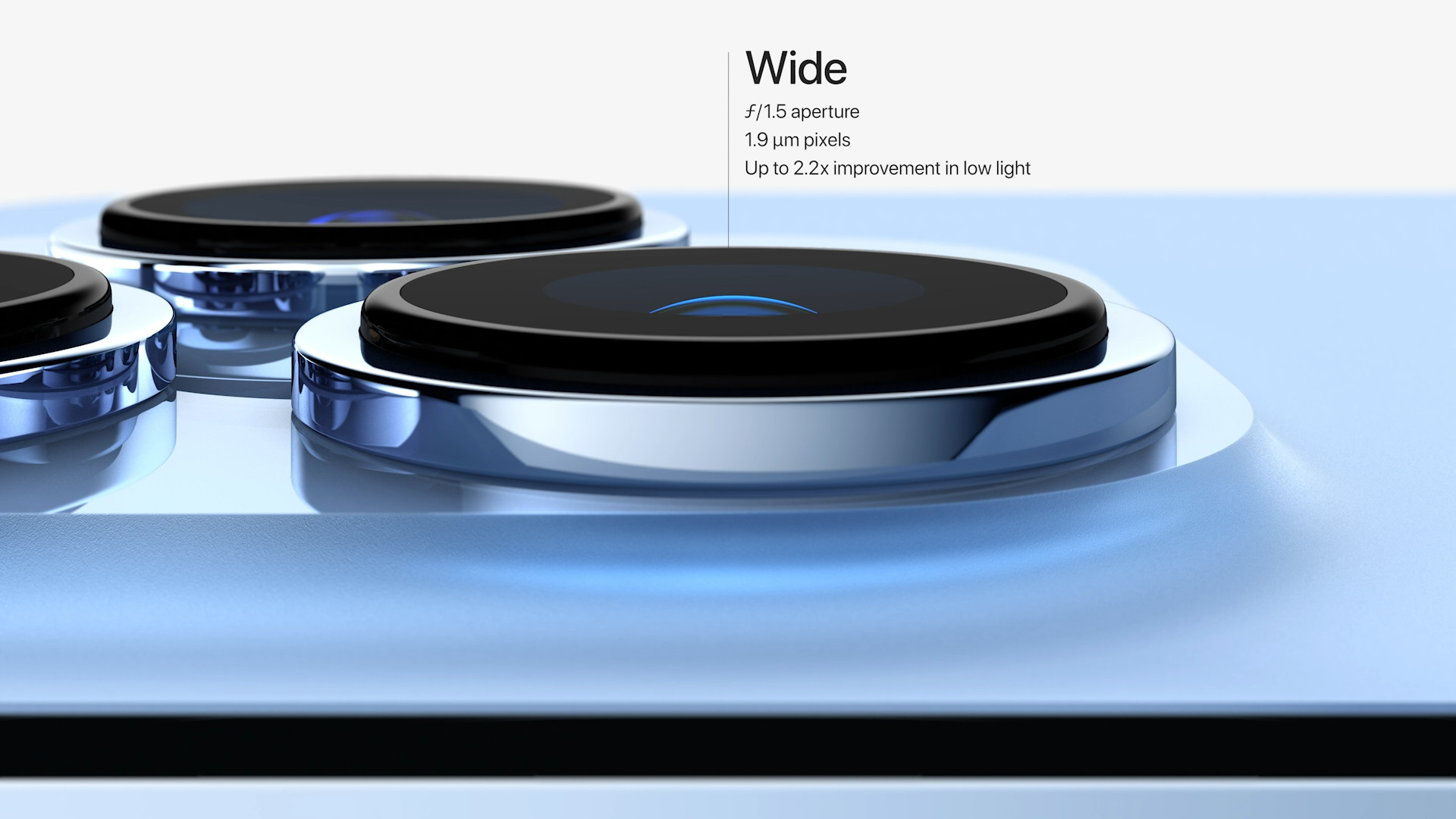

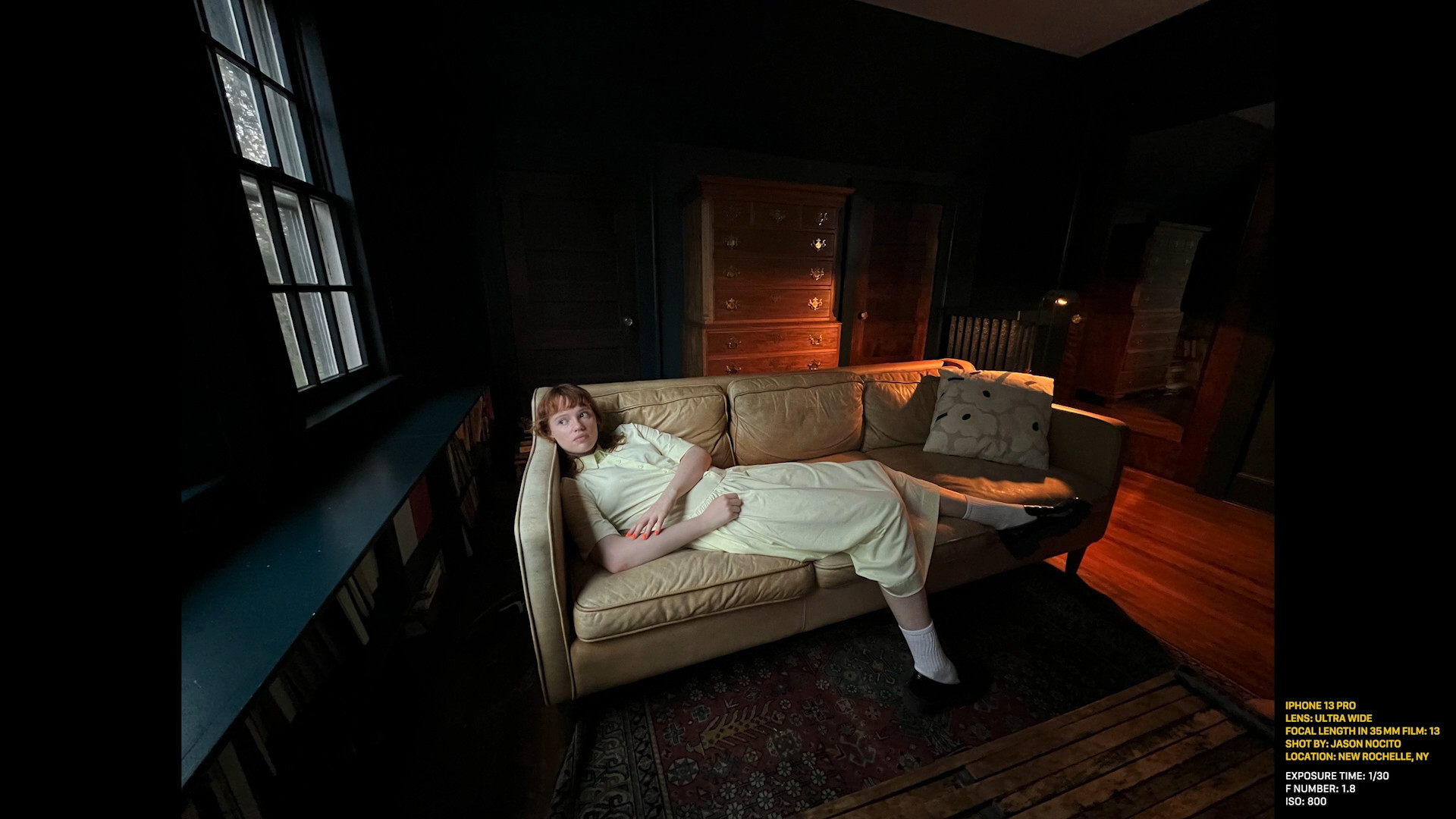

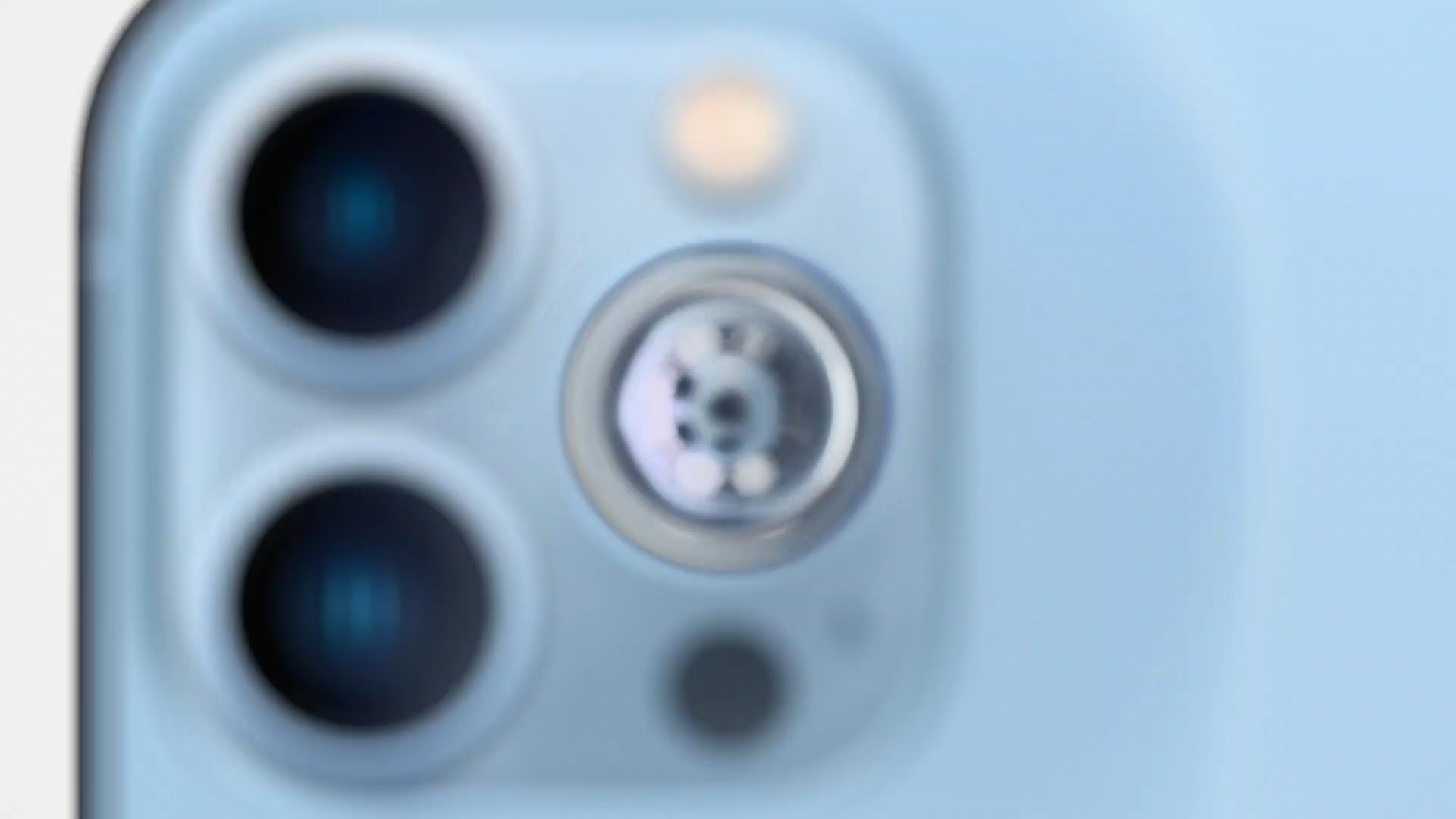
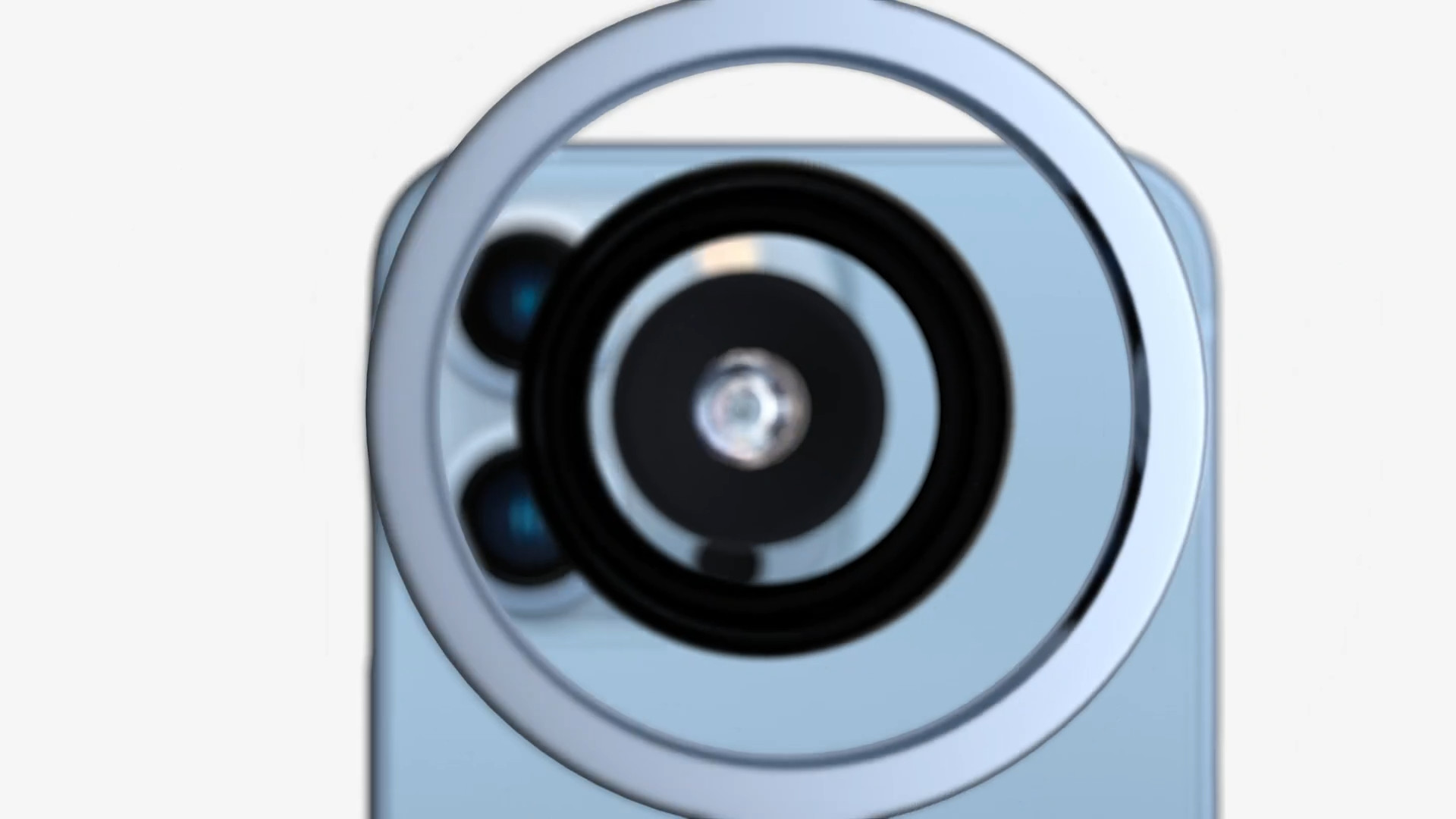
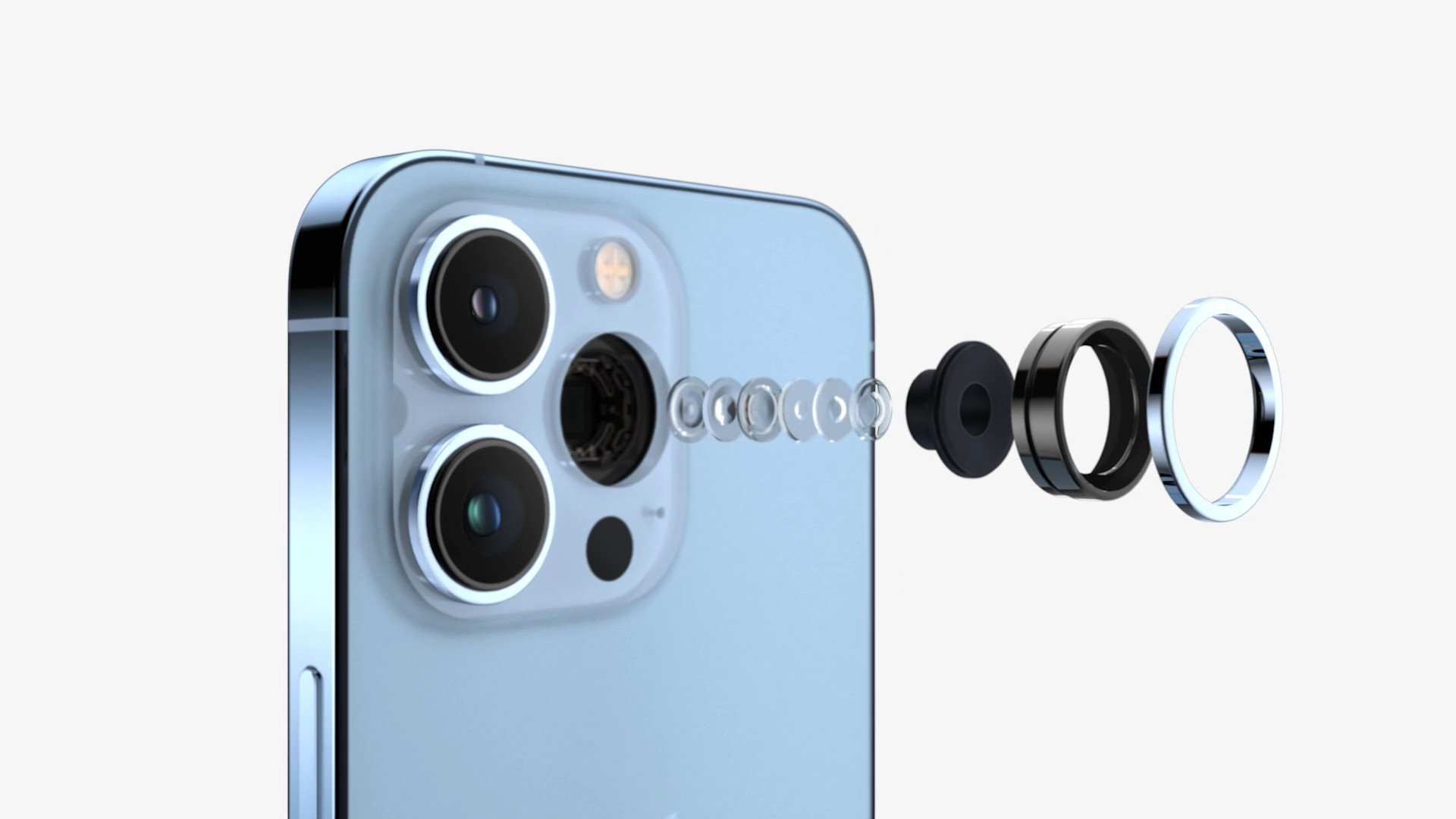
I thought that the first 12mpx camera was already owned by the 6+ and not the 6s plus. The 6s was probably split in the front. It probably had 5 megapixels compared to the IP 6 with 1,2 megapixels, but I could be wrong.
The 6 and 6+ models both had 8MP cameras.
I would just add that the iPhone 4s already had very good software. video stabilization.
Even the iPhone 11 pro (max) already had 3 cameras, but without the LiDAR sensor